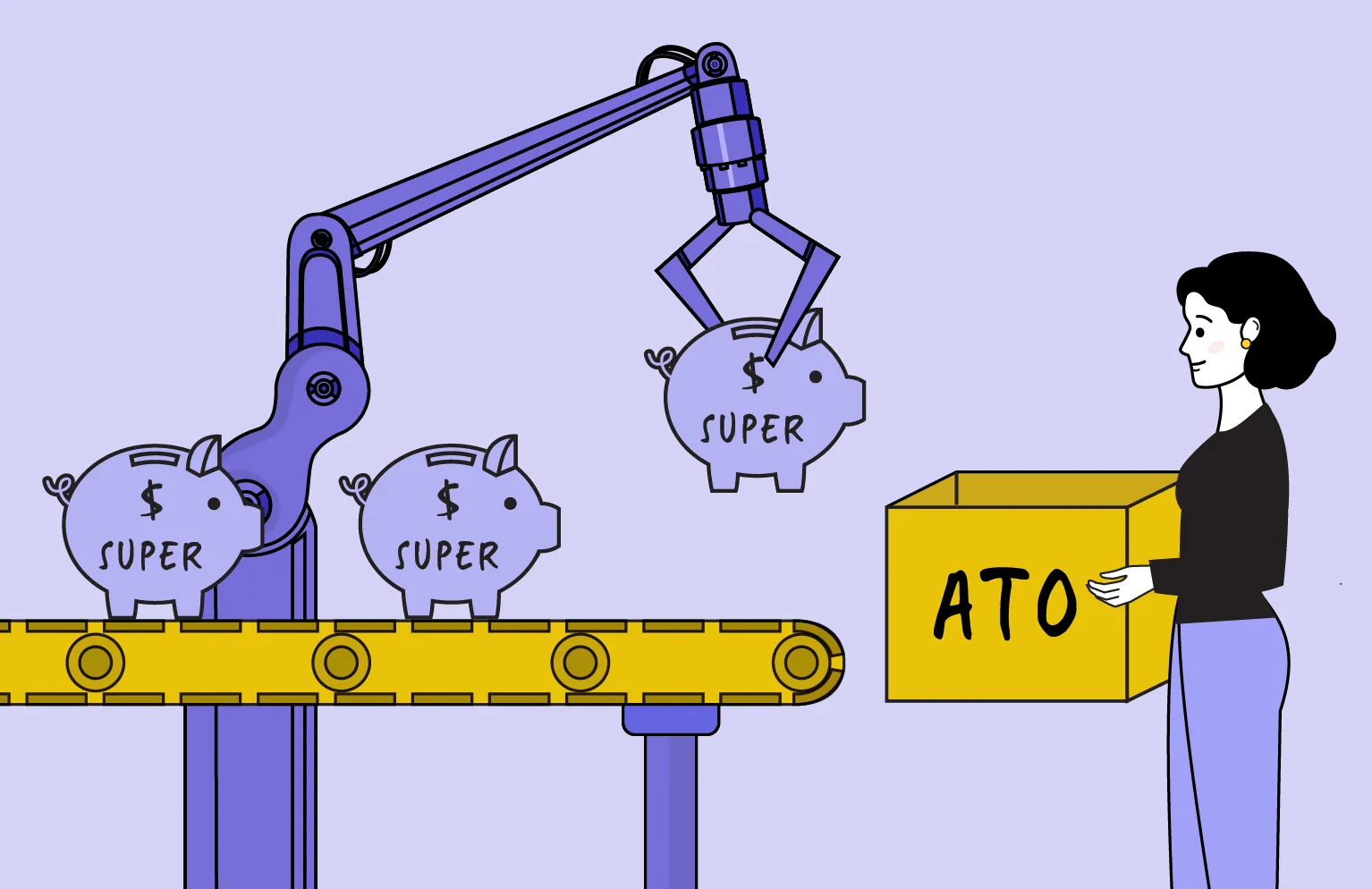As a small business owner in Australia, it's crucial to stay informed about the various obligations and regulations that govern your operations. One such important aspect is the Superannuation Guarantee Charge (SGC), which directly affects your employees' financial wellbeing.
In this comprehensive guide, we'll explore everything you need to know about the SGC, including its calculation, payment methods, deadlines, penalties, and more. By understanding the intricacies of the SGC, you can ensure compliance and foster a positive work environment for your employees.
What is superannuation in Australia?
Superannuation, commonly referred to as "super," is a retirement savings system mandated by the Australian government. It requires employers to make regular contributions to their employees' super funds. These contributions, based on a percentage of employees' ordinary time earnings, are designed to provide financial security during retirement.
How to calculate superannuation contributions?
Calculating superannuation contributions can be done using the superannuation rate set by the government. The superannuation rate determines the percentage of an employee's ordinary time earnings that employers must contribute to their employee's super funds. To simplify this process, you can utilise a superannuation calculator or accounting and payroll software, which will take into account various factors such as the employee's salary, remuneration, and the current superannuation rate.
Employees can use MoneySmart’s Super Calculator to work out what their super will be by retirement based on factors such as the minimum super guarantee and adding additional top-up payments.
What is the superannuation guarantee rate?
The super guarantee rate, also known as the SG rate, represents the minimum amount employers must contribute to their employees' superannuation funds. As of the year 2023, the current super guarantee rate is 10.5% until 1 July 2023 when it will change to 11%. It's important to stay updated with any changes to the superannuation rate to ensure compliance with the law.
Here’s a useful table of historical and future superannuation rates:
What is the superannuation guarantee charge?
The Super Guarantee Charge (SGC) is a penalty imposed on employers who fail to fulfil their super guarantee obligations. It serves as a deterrent against any late payment or inadequate superannuation payments. If employers do not pay the minimum required super contributions by the specified deadlines, they become liable to pay the SGC, which includes the unpaid superannuation, nominal interest, and an administration fee.
Do employers have to pay the super guarantee?
Yes, employers in Australia are legally obligated to pay the super guarantee. Whether you run a large corporation or a small business, if you employ eligible individuals, you must contribute the required amount to their superannuation funds. This ensures that your employees have adequate savings for retirement.
If you are still unsure whether or not you need to pay the super guarantee for an eligible employee, you can use the ATO’s eligibility decision tool.
How do I pay the super guarantee charge?
If you have missed the super guarantee payment deadline, you are required to pay the Super Guarantee Charge to the Australian Tax Office (ATO). The ATO provides a detailed guide on how to calculate the SGC using their SG charge calculator. Once calculated, you can make the payment to the ATO, who will then distribute the funds to the affected employees' superannuation accounts.
To make things a little easier for small businesses, Yellow Canary has built a Superannuation Compliance tool that generates SG charge statements at the click of a button.
When does the super guarantee have to be paid?
For now, the super guarantee contributions must be paid at least quarterly, within 28 days after the due date at the end of each financial quarter.
However, From 1 July 2026, employers will be required to pay their employees’ super at the same time as their salary and wages with the introduction of the government’s Payday Super policy.
What penalties apply if I am late paying the SG charge?
Late payments of the Super Guarantee Charge can result in penalties from the ATO. The penalty is calculated based on the number of days the payment is overdue, the outstanding amount, the interest component of the employee's salary, and the employees' superannuation entitlements. To avoid these penalties, it's essential to stay organised, keep track of payment deadlines, and prioritise timely payments. By doing so, you not only fulfil your legal obligations but also demonstrate your commitment to your employees' financial future.
How to complete a super guarantee charge statement?
To complete a super guarantee charge statement, you'll need to gather relevant information regarding your employees' superannuation contributions and any missed payments. The statement should include details such as the employee's name, tax file number, period, quarterly payment dates, due date of payment, and the amount of superannuation owed. It is crucial to ensure accuracy and completeness when filling out the statement to avoid any discrepancies or delays in processing.
To automate this process for your clients or business, take a look at Yellow Canary’s Superannuation Compliance tool.
How to lodge a super guarantee charge statement?
Once you have completed the super guarantee charge statement, you can lodge it with the Australian Tax Office (ATO). The ATO's online services provides an online portal for lodging the statement electronically. Alternatively, you can also mail the completed statement to the ATO. Ensure that you retain copies of all relevant documentation for your records.
How do I contact the ATO about the super guarantee charge?
If you have any questions or concerns regarding the super guarantee charge, it's important to reach out to the Australian Tax Office (ATO) for assistance. The ATO has dedicated resources and helplines specifically for employers to address queries related to the super guarantee charge. You can contact them via phone, email, or visit their official website to access detailed information and guidance.
What other common problems to look for with super?
Alongside your obligations to pay on time with the correct super, employers can sometimes run into problems when it comes to:
Super guarantee shortfall
This can be caused by incorrect super guarantee calculations or when an employer pays the incorrect amount into an employee's chosen super fund.
Paying into the wrong super fund
When employees provide incorrect super details upon beginning employment, or the employee's super fund ceases to operate and/or is bought by another fund, there is a risk of super being paid into the wrong fund.
It's important to keep track of super payments both as an employer and employee.
Meeting superannuation obligations
As a small business owner in Australia, understanding and fulfilling your superannuation obligations is essential for both legal compliance and supporting your employees' financial security. By accurately calculating and paying the correct superannuation guarantee contributions on time, you demonstrate your commitment to your workforce and avoid penalties.
Utilise resources such as superannuation calculators, super guarantee charge statements, Superannuation Compliance tool by Yellow Canary and the guidance provided by the Australian Tax Office to navigate the complexities of the superannuation system effectively.
Remember, prioritising the super guarantee for eligible employees not only benefits your employees but also contributes to a stable and prosperous future for your small business.
* Yellow Canary content on this website is intended solely for the purpose of offering commentary and general knowledge. The content is not intended to constitute legal advice. You should seek legal or other professional advice before acting or relying on any of the content.





.webp)